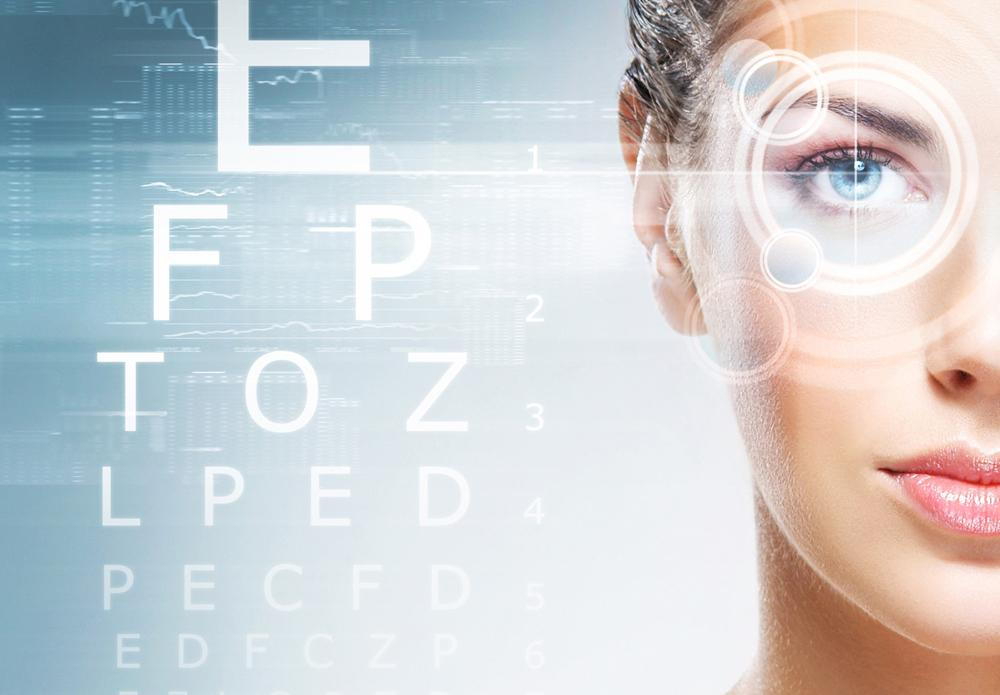
An Overview of Eye and Vision Exams from Museum District Eye Center
It is important for everyone to make sure they get an eye exam performed on a regular basis. This gives the eye doctor a chance to identify possible problems with someone's vision before they start to cause problems. The team from the Museum District Eye Center is here to help the families of the Houston and West University Place areas understand what happens during an eye exam in our office.
What Happens During an Eye Exam?
When someone walks into our office for an eye or vision exam, there are a few steps that an eye doctor is going to complete. These include:
- Visual Fields: The eye doctor is going to take a look at the patient's visual fields. Sometimes, vision is altered only in a few parts of someone's visual field. The eye doctor is going to take a look at the visual fields one by one.
- Acuity: The doctor is also going to check someone's visual acuity during an eye exam. If vision correction is necessary, or if someone's prescription needs to be updated, this is where the eye doctor will identify this issue.
- Pressure: The eye doctor is going to check the pressure behind someone's eyes. Proper pressure is important for making sure the optic nerves can function properly. If the pressure behind the eyes is off, this might indicate glaucoma.
- Dilated Pupils: Finally, the eye doctor may also decide to dilate someone's eyes. This is important because it gives the eye doctor a chance to look at the back of the eyes, examining the nerves, blood vessels, and retina.
Rely on the Professionals from Museum District Eye Center
An annual exam is important because it gives the eye doctor a chance to discuss vision correction if this is needed. Anyone in the Houston or West University Place areas who needs an optometrist should rely on the professional from the Museum District Eye Center. We work hard to provide exceptional eye care to all of our patients. Call us today to make an appointment!
